If she were a baseball player, they’d call UK politician Liz Truss a “cup of coffee” — that is, a player whose time in the big leagues is so short that he barely has time to drink a cup before heading back to the minors. Truss completed the fastest prime-minister-speed-run in British history: while in office, she met with the queen, attended the queen’s funeral, met with the president of France, delivered a speech to the UN, met with Joe Biden, introduced an incredibly unpopular budget, then resigned in 44 days, the shortest term any British prime minister has ever served.
Truss shouldn’t feel bad, though. Who hasn’t been fired from a job before the probation period was up? Besides, there have been many world leaders whose hold on power lasted even less time — some for only minutes. Here are the stories of 12 interesting presidents, kings, emperors, and queens whose reigns were even shorter than the Liz Truss era.
Luis II: King of Portugal for 20 minutes
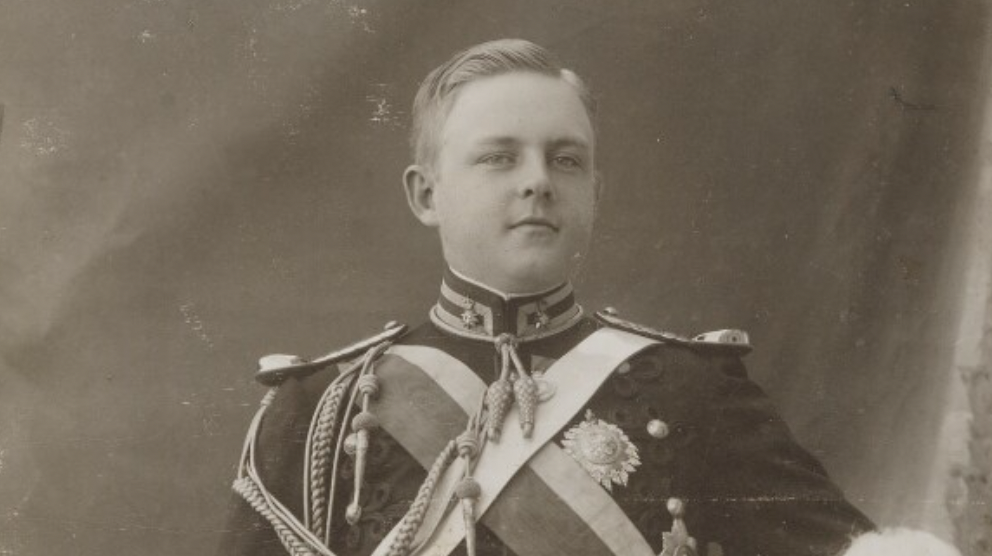
In 1908, things were looking pretty sweet for Luís Filipe. He was the Prince Royal of Portugal, Duke of Braganza, and the wealthiest man in the country. He was next in line for the throne that was held by his father King Carlos I, too. But everything went South on February 1. While travelling with his family from Vila Viçosa to Lisbon, two assassins from the secret society The Carbonária ambushed the party and shot Carlos, Luís II, and his brother Dom Manuel II. Carlos died instantly, but Luís II bled out for about 20 minutes, and during those 20 minutes, he was technically the King of Portugal. Ultimately, his brother assumed the throne and reigned for only a couple of years himself: In 1910 Dom Manuel II, called “The Unfortunate,” was ousted by a military coup.
Urban VII: Pope for 12 Days
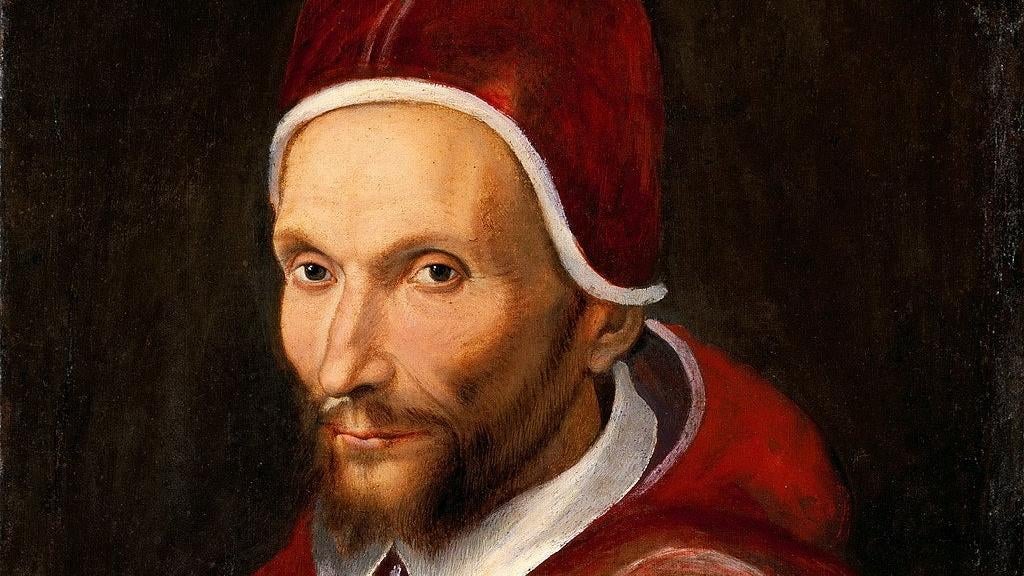
His distinguished career in Church politics earned 69 year-old Giovanni Battista Castagna a reputation as a moderate and a diplomat. He stepped into the most powerful role in the Catholic Church on September 15, 1590, choosing the Pope-name Urban VII. Urban got right to work. He cut down on the spending on luxury items for members of his court. He subsidized public works projects, and banned nepotism within the Church. He also instituted the first smoking ban in history, promising to excommunicate anyone who “took tobacco in the porchway of or inside a church, whether it be by chewing it, smoking it with a pipe, or sniffing it in powdered form through the nose.” But then he caught malaria and died on September 27, making Urban’s reign the shortest official papacy in history.
William Henry Harrison: American president for 27 days
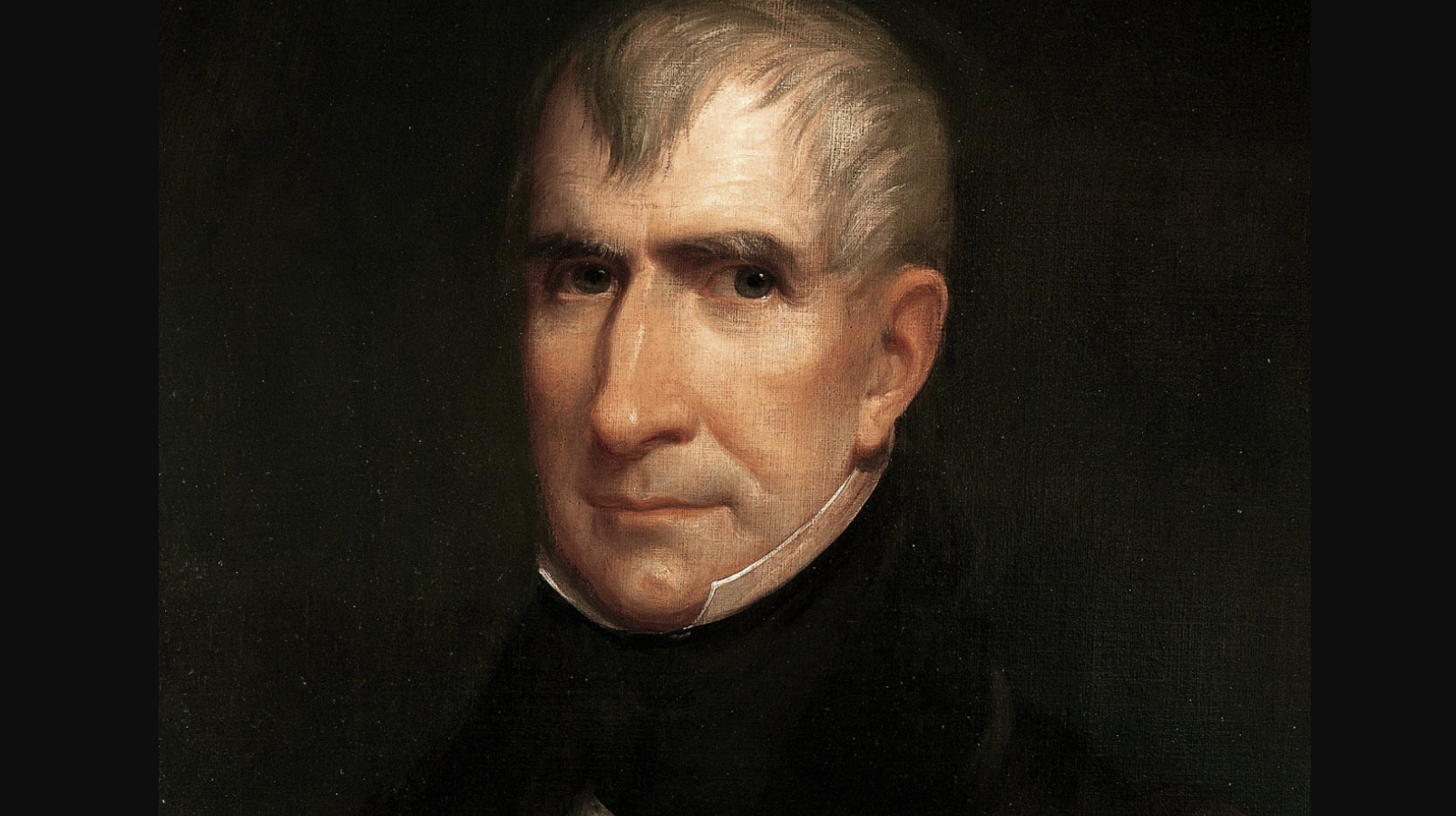
When the Whig Party was trying to get William Henry Harrison elected president, they packaged him as a simple frontier Indian fighter and a log cabin-living frontiersmen, in sharp contrast to the elitist, wine-sipping president, Martin Van Buren. But Harrison was actually from a rich Virginia family and he studied classics at a good college. He did kill a lot of Native Americans when he was in the army, though, notably at the The Battle of Tippecanoe.
Harrison rode his war hero status to the presidency and was sworn in on March 4, 1841. He delivered the longest inauguration speech in presidential history, speaking for an hour and 45 minutes. A couple of weeks later, Harrison took a walk to a local market and was caught in a rainstorm. Mr. Tough-Guy Native American Slayer caught a little cold, which quickly developed into pneumonia. His doctors applied mustard plaster to the president’s stomach, bled him, applied heated cups to induce skin blisters, and gave him castor oil and other laxatives, opium, brandy, and snakeweed, but surprisingly, Harrison still died. He shuffled off his mortal coil on April 4, 1841, after only 31 days in office.
Gordian I and Gordian II, Roman emperors for 21 days
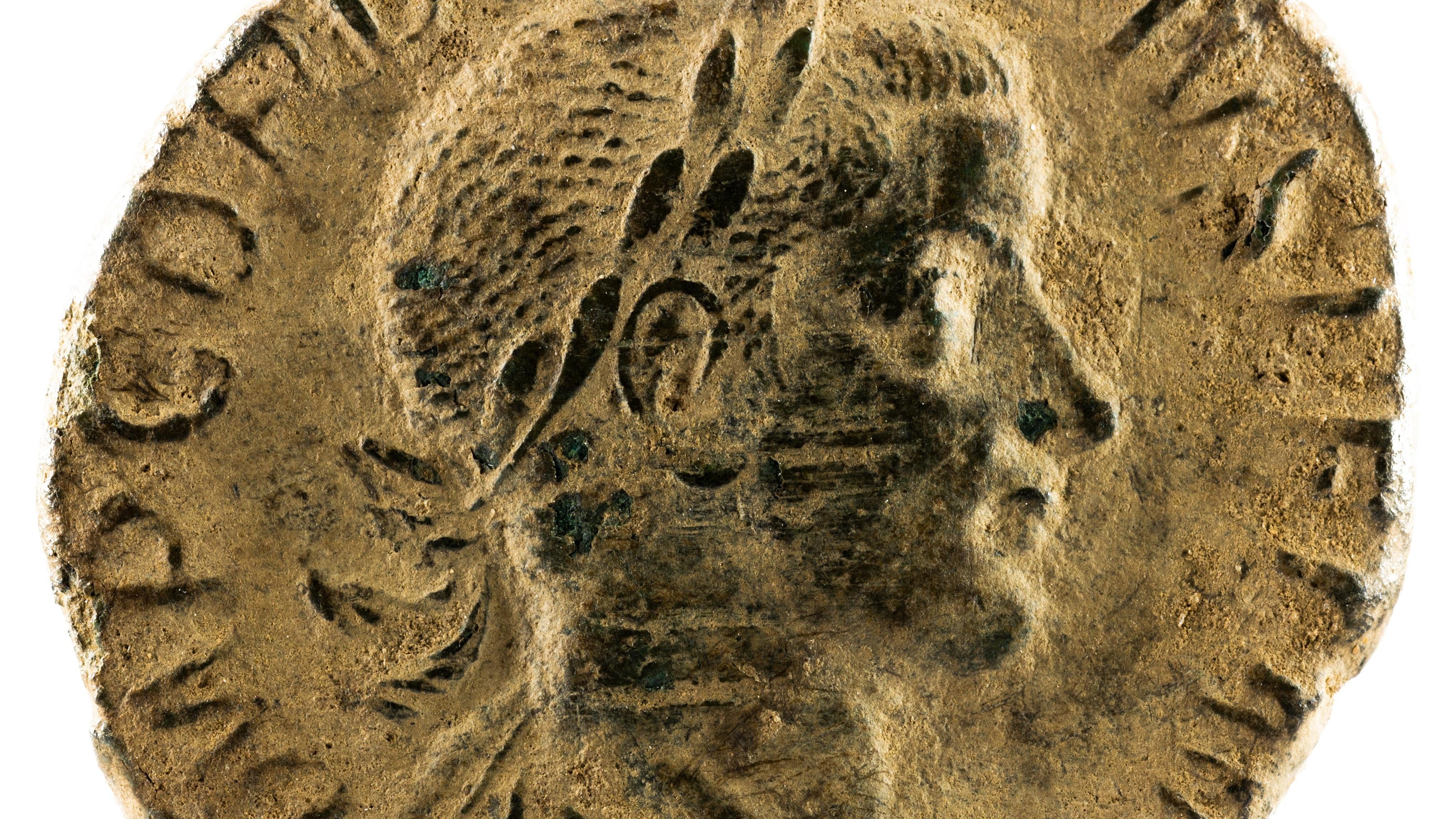
AD 238 was a tumultuous year in Rome. Known as the “year of the six emperors,” six people claimed to be emperor, and the empire itself nearly collapsed. It began with the overthrow of notoriously cruel and unpopular Maximinus Thrax. Aristocrats in northern Africa convinced their governor, Gordian, to proclaim himself emperor. Gordian was like, “Look, I’m 80 years old. I’ll do it, but only if I can co-rule with my son Gordian II.” The Roman Senate agreed, and the heartwarming father-son duo took power over Rome and all its territories.
This did not sit well with Capelianus, the governor of the neighbouring province of Numidia. He raised an army, marched into Carthage in Tunisia, defeated the Gordians, and killed Gordian II. Upon hearing the news, old man Gordian took his own life.
After a lot of tumult and a few more emperors, Gordian III, the royal grandson and last of the six emperors, took power. The 13 year-old was mostly a pawn of powerful senators, and after a reign of little accomplishment, Gordian III was killed in battle at only 19 years old.
Kamala Harris: American president for an hour (kind of)
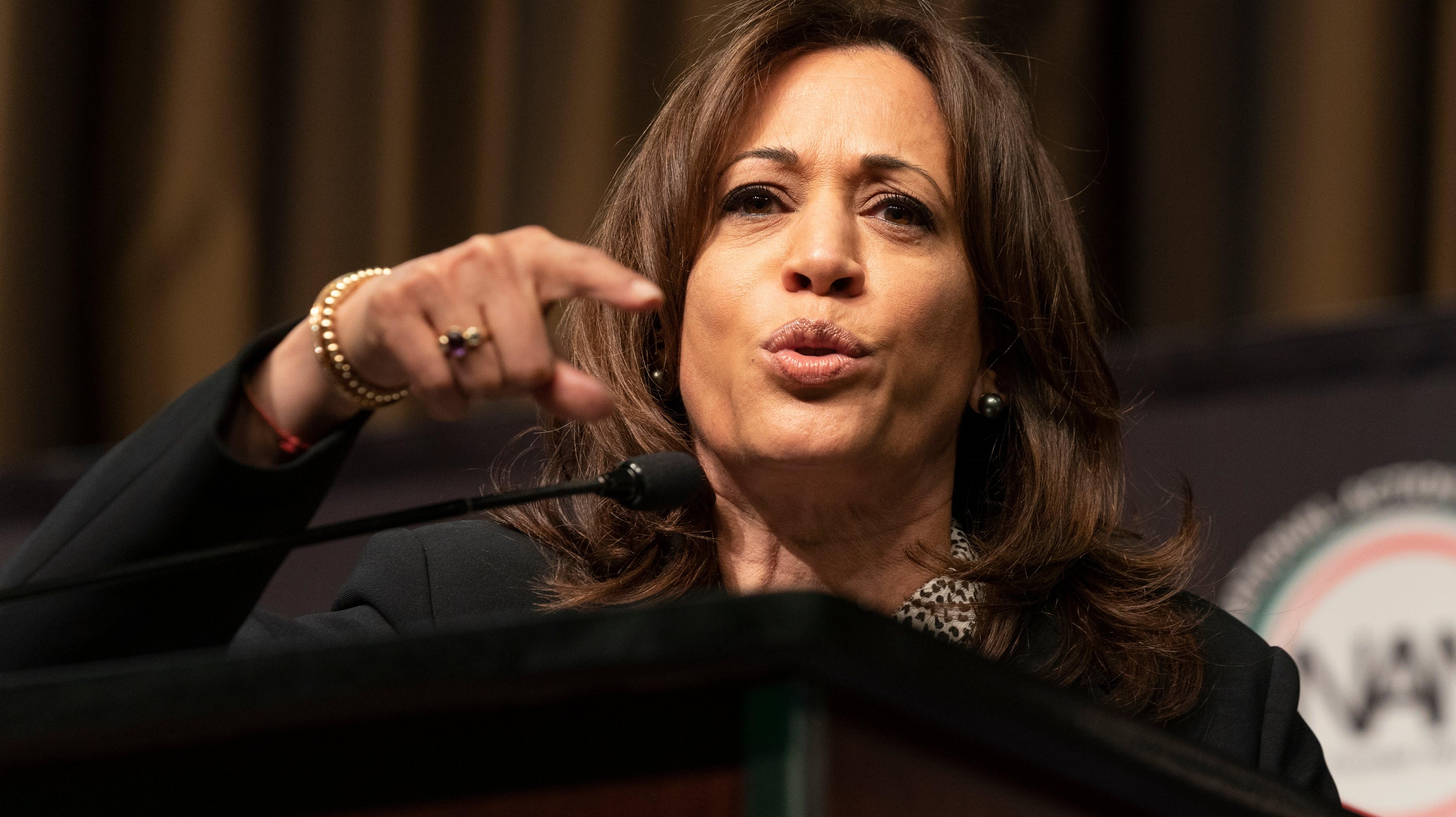
Kamala Harris was never officially the president of the United States, but for about 85 minutes on November 19, 2021, Harris was the first woman to ever hold the power of the president — she was in charge of the military. She could have ordered a nuclear strike, convened congress, or pardoned federal prisoners. She was only in charge due to President Joe Biden being unconscious during a colonoscopy.
The fallout from the death of William Henry Harrison resulted in a succession plan, but not a plan for a president being briefly incapacitated. Enter the 25th amendment. Ratified in 1967, the amendment gives the president the option of voluntarily transferring power to the vice president. It has been used three other times: George H.W. Bush was “president” for a few hours in 1985 while president Reagan underwent colon cancer surgery, and Dick Cheney assumed the seat of power on two occasions, once in 2002 and once in 2007, while George W. Bush had colonoscopies. I don’t know why colons are connected to all these transfers of power, but it’s probably because of the Illuminati.
Henry II: King of Haiti for ten days
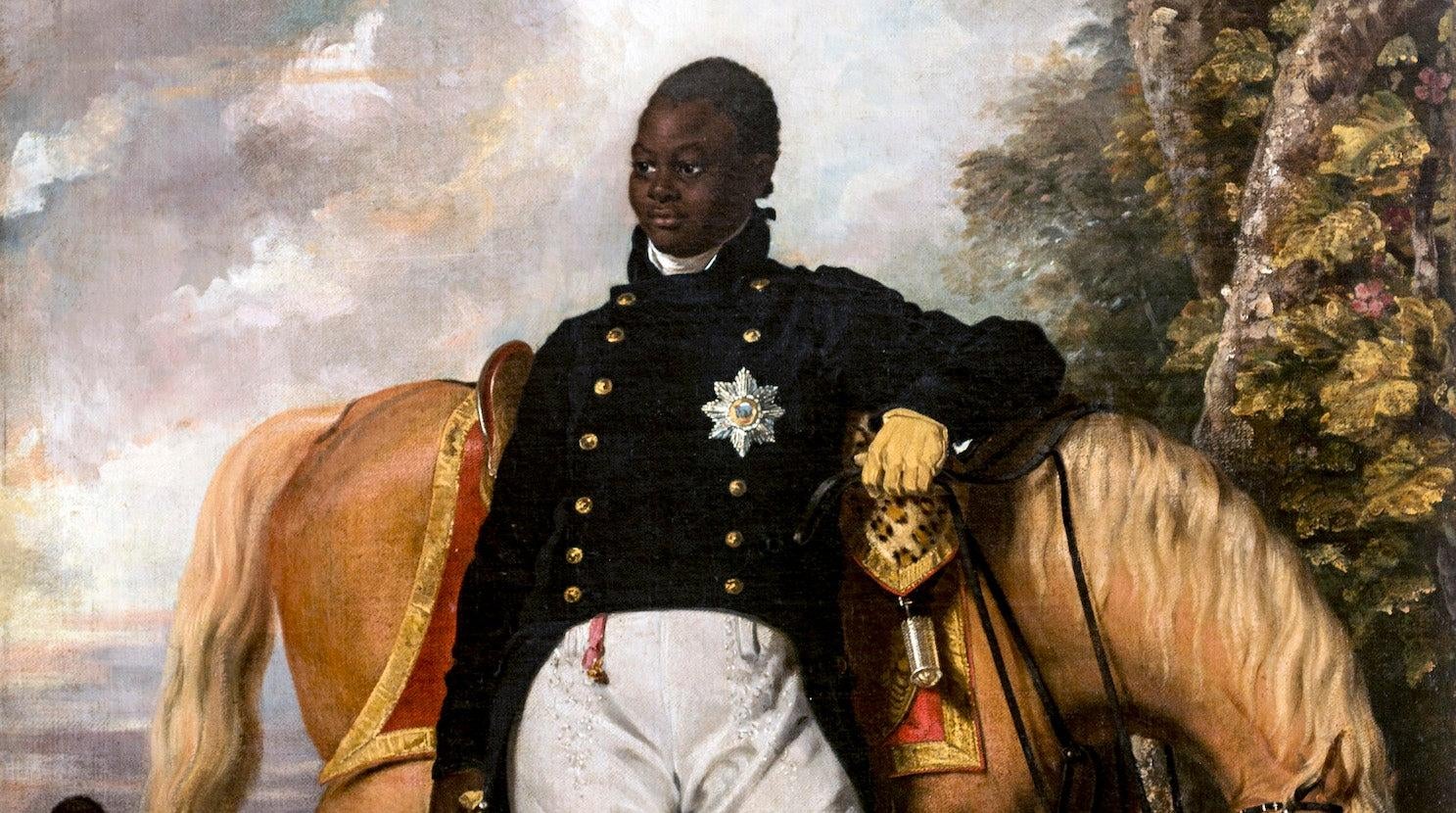
Jacques-Victor Henry was the heir-apparent to Haiti. He was the last surviving son of Henri Christophe, a key figure in the Haitian Revolution who proclaimed himself King Henry of Haiti on March 28, 1811. Henry ruled the tumultuous country for almost a decade, but his policy of forced labour proved very unpopular with the Haitian people. (Go figure). In 1820, suffering the effects of s stroke and fearing a coup or assassination, King Henry shot himself with a silver bullet.
Henry II never really had a chance. With Haiti threaten by outside forces and an internal insurgency, Henry II was proclaimed the second king of Haiti by his followers, although he never formally took the throne. Ten days later, insurgents invaded the capital commune of Milot, and Henry II was hanged.
Lady Jane Grey: Queen of England for nine days
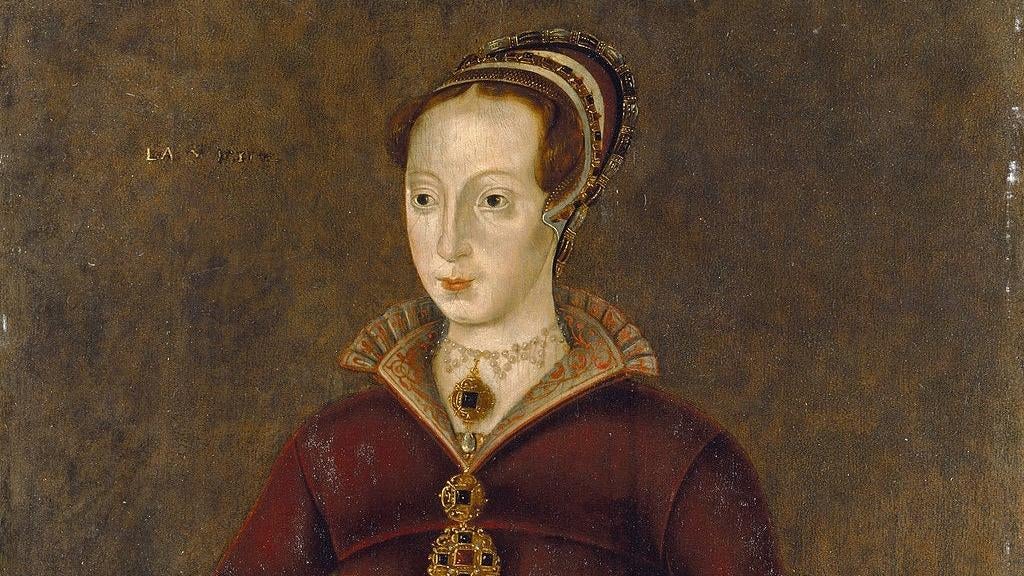
Lady Jane Grey, “the nine days queen” had the shortest reign of any British monarch. After the death of King Edward V, Jane was declared queen of England, Wales, and Ireland on July 10, 1553 at the age of 16. But she was actually the fifth in line for the throne, with four others overlooked because they were not Protestants. The people of England were like, “Nope,” and rose up in favour of Edward’s half-sister Mary who became Queen. Fearing her return to political power perhaps, Mary ordered Jane imprisoned in the Tower of London and after a brief trial she was sentenced to death. Upon the execution block, the axeman asked her forgiveness, which she granted. Jane then blindfolded herself, and in what I can only assume was a bit of slapstick comedy meant to lighten the mood, Jane searched around with her hand for the block, declaring, “What shall I do? Where is it?” Eventually, she found it, and her head was lopped off with a single stroke.
John I: King of France for five days

John I is the only person to have ever held the throne of France for their entire life, but it wasn’t such a big accomplishment: John only lived for five days. The posthumous son of Louis X, John was born and became king on November 15, 1316. John’s uncle Philip V did all the real king work during John I’s brief reign, and when King Baby died on November 20, Philip took the throne. This led to immediate salacious rumours. One held that Philip and his wife murdered John, supposedly by pricking him with a poison-soaked needle. Another said that John didn’t really die, and several decades later, a man named Giannino Baglioni claimed he was the rightful king and tried to take the throne. They threw him in jail where he died.
David Rice Atchison: American president for one day (but not really)
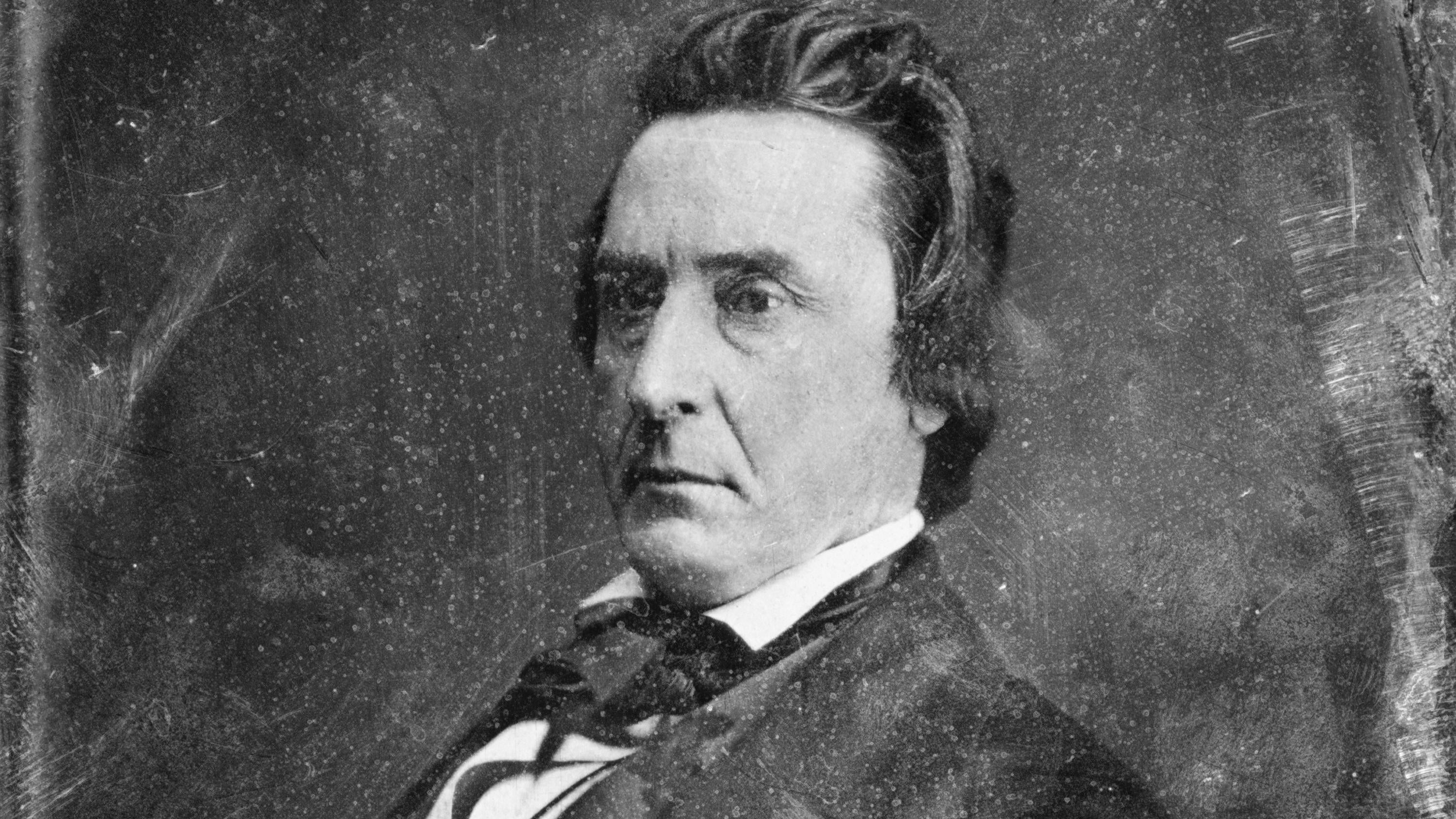
David Rice Atchison was a US senator from Missouri. He was known for fighting for the rights of Mormons and fighting against the rights of slaves. Popular with his fellow senators, Atchison was named president pro tempore of the senate on 13 separate occasions, including one on March 2, 1849. Back then, presidents were inaugurated on March 4, and president Polk dutifully gave up power a at noon on Sunday, March 4, 1849. His successor, Zachary Taylor, scheduled his swearing in for noon on Monday the 5th, though, because he wanted to observe the Sabbath. This left 24 hours where either no one was president, or David Rice Atchison was.
Legally, Atchison wasn’t president, and nobody, especially Atchison, took the whole thing seriously — it was more of a sensational “didya know?” item published in newspapers. Atchison’s colleagues even joked that the senator should have summoned the army to prevent Taylor from taking office. Can you imagine? A president using their official power to prevent an elected president from taking power? That could never happen here.
Emperor Mo: Emperor of China for two hours

Mo was the last emperor last emperor of the Jin dynasty in China. A general renowned for his courage, Mo, aka Wanyan Chenglin, inherited the throne from Emperor Aizong as the battle of Caizhou was raging in 1234. Mo and his Jin armies were defending Caizhou from Mongol hordes and armies of the Song Dynasty, but it wasn’t going well. Seeing that escape was impossible and defeat was inevitable, Emperor Aizong took his own life after giving leadership to Mo. The Mongols and Songs overran the city on the same day, and Emperor Mo was killed after ruling for only a few hours, ending the 200-year Jin dynasty.
Victor IV: Pope for either five or zero years
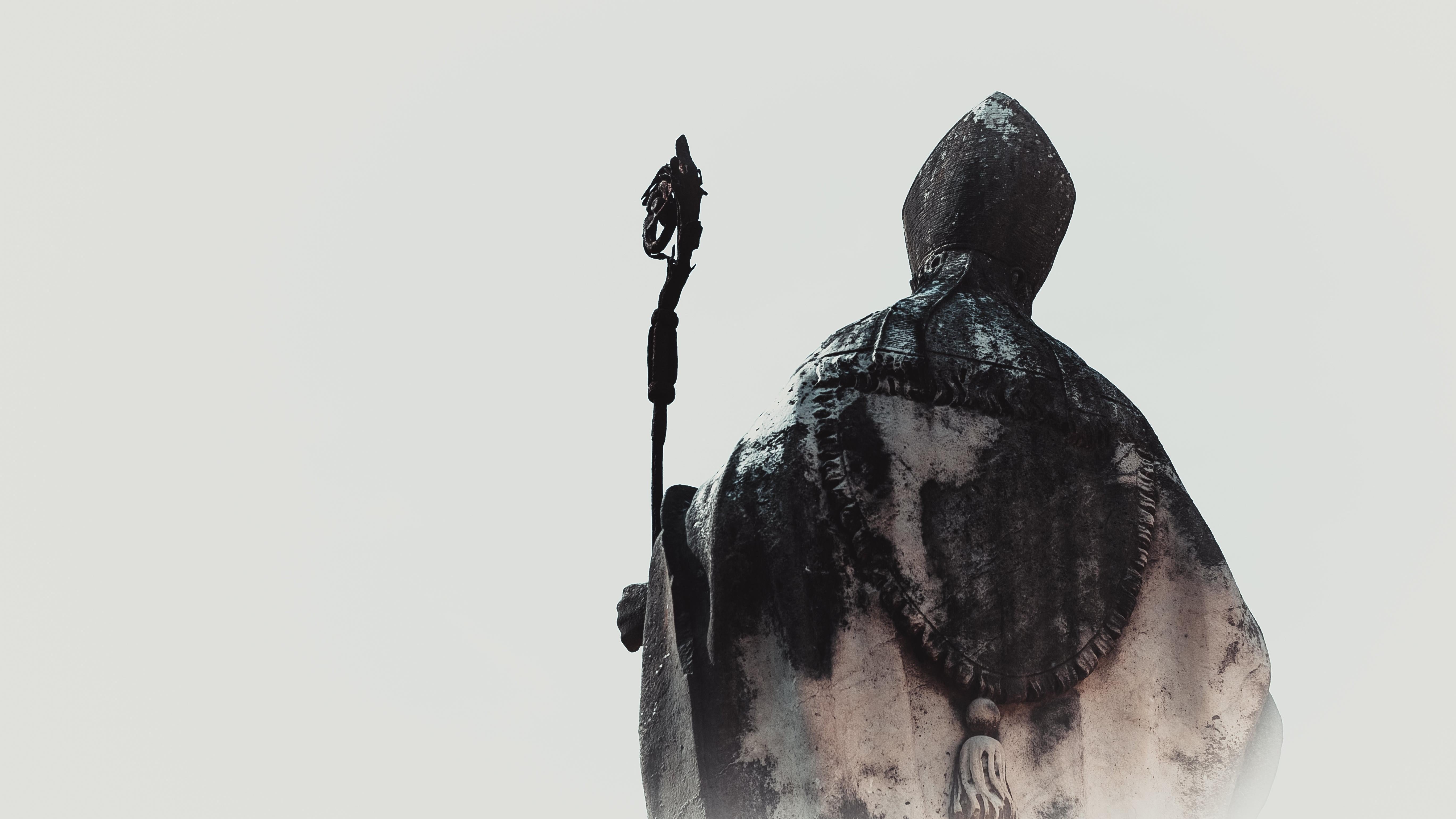
The history of the Catholic papacy is convoluted and filled with intrigue, power-grabs, betrayal, and assassinations. It’s like Game of Thrones, but with big hats. There have been between 30 and 40 “antipopes” in the 2000 year history of the Church — that is, people who make a claim to be pope and take steps to seize power. Some even succeed at reaching the big chair, only to be declared illegitimate later. Such is the case with Antipope Victor IV.
In 1159, the Catholic Cardinals elected Alexander III to be pope, but not everyone was happy with the decision. Five renege cardinals, Holy Roman Emperor Frederick Barbarossa, and the people of Rome all said, “Nope. We want Pope Victor IV!” With assistance from Otto I of Bavaria’s men, the pro-Victor forces seized the papacy and Victor became the pope. Alexander III fled to Sicily and then France, and for a while there were two people calling themselves pope, and the heads of European nations took sides with one or the other. Victor was “pope” for five years until his death 1162. That let Alexander III return to Rome and assumed the poping duties. But the Church declared that Victor IV had never actually been pope in the first place. He was excommunicated posthumously. Later, when people started reporting miracles at Victor’s tomb, Pope Gregory VIII had it destroyed.
Philip: Pope for a day
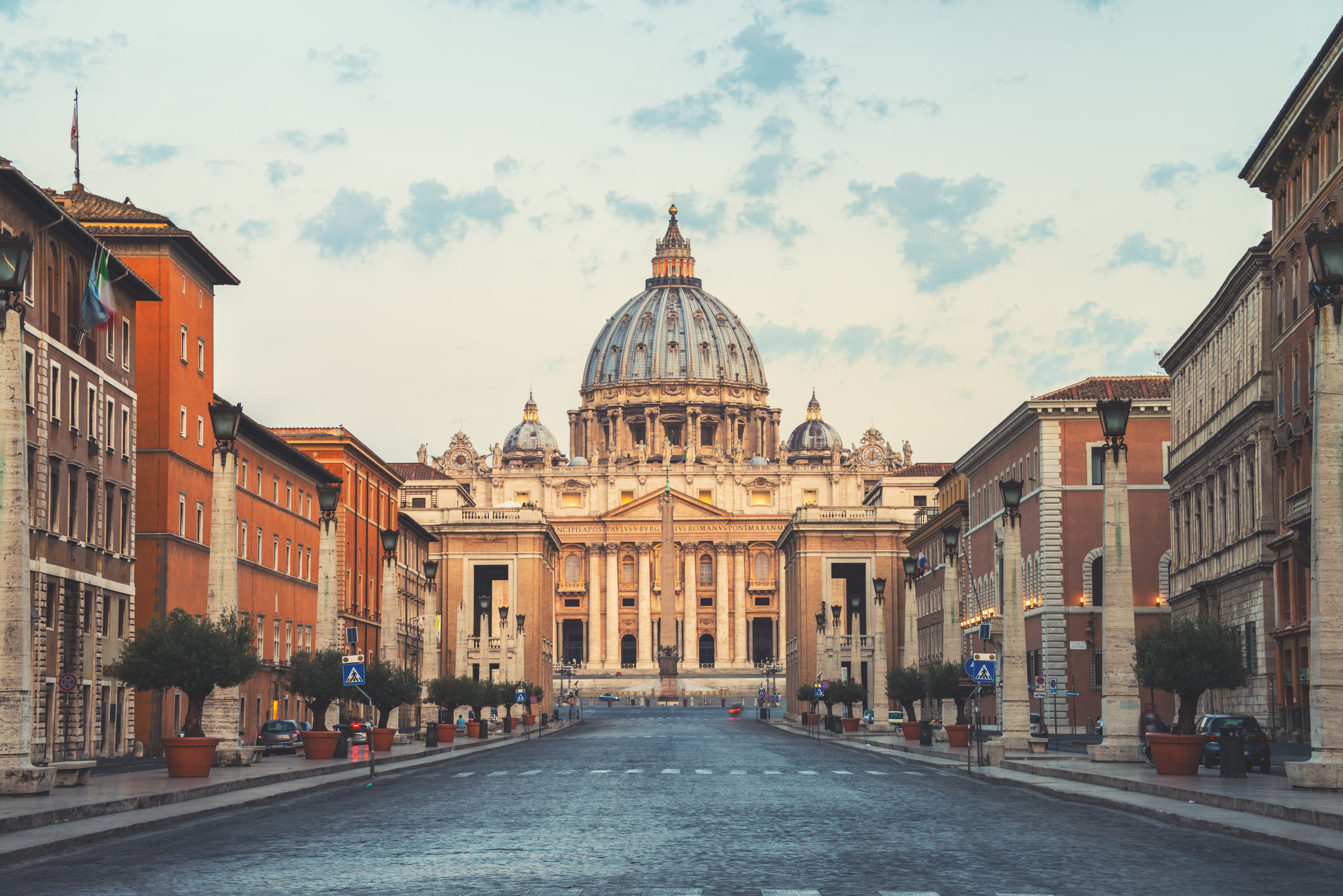
In 768, Philip was a priest serving in the monastery in Rome. Pope Paul I had just died, and things were a bit unsettled as different factions pushed for their own holy father. Philip was just minding his own monk biz one Sunday when Roman forces entered the monastery and told him, “Hey, guess what? Saint Peter has chosen you to be pope. Pack your robes, kid, you’re going to the big leagues.”
They were apparently only able to install the new “pope” because more powerful Roman faction were not in Rome at the time. Anyway, Philip stepped right into his new role as pope, hosting an elaborate dinner and meeting dignitaries from both the Church and State. But when the Romans, backed by the Roman emperor, returned later that day, they basically told Philip to get lost. He was stripped of his papal garments, declared guilty of simony (selling church offices), and sent back to the monastery where I’m sure he told the other monks, “You are not going to believe the day I just had.”
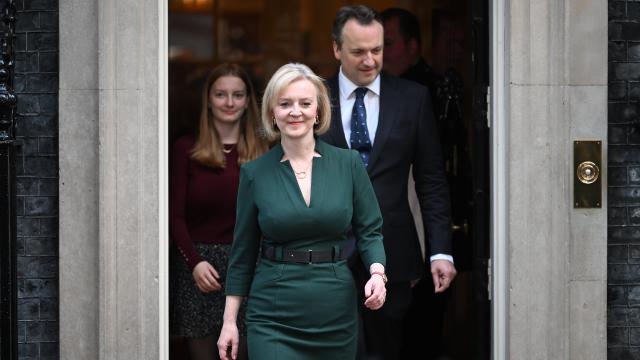
Leave a Reply
You must be logged in to post a comment.